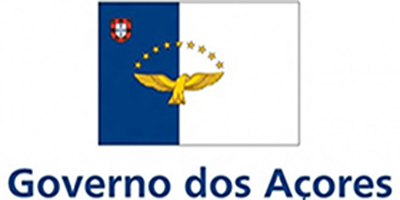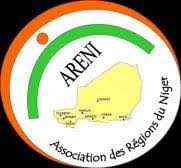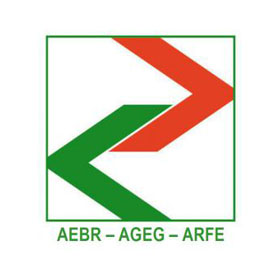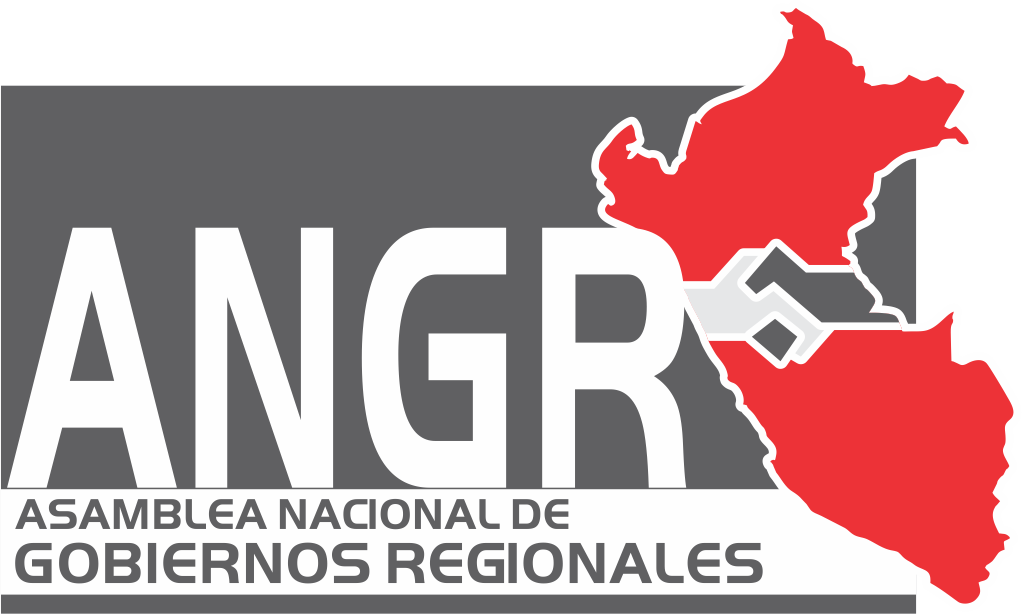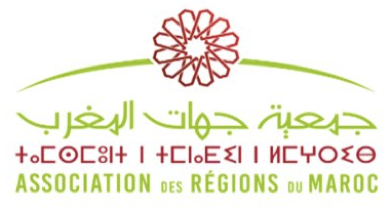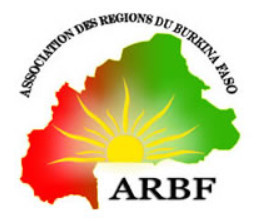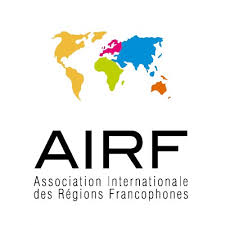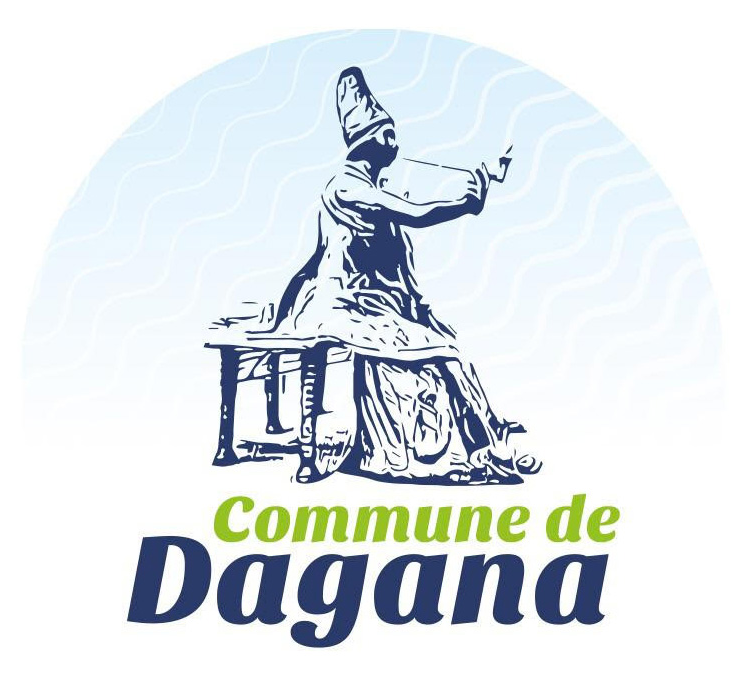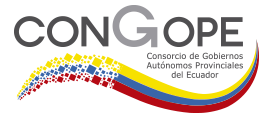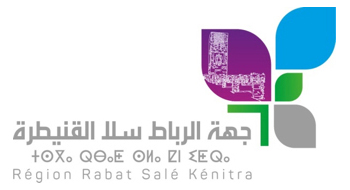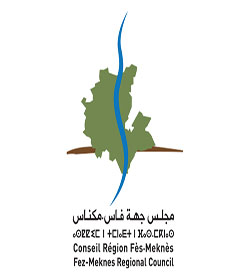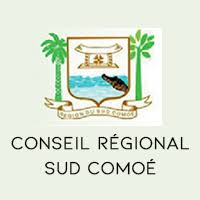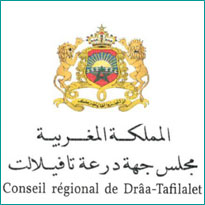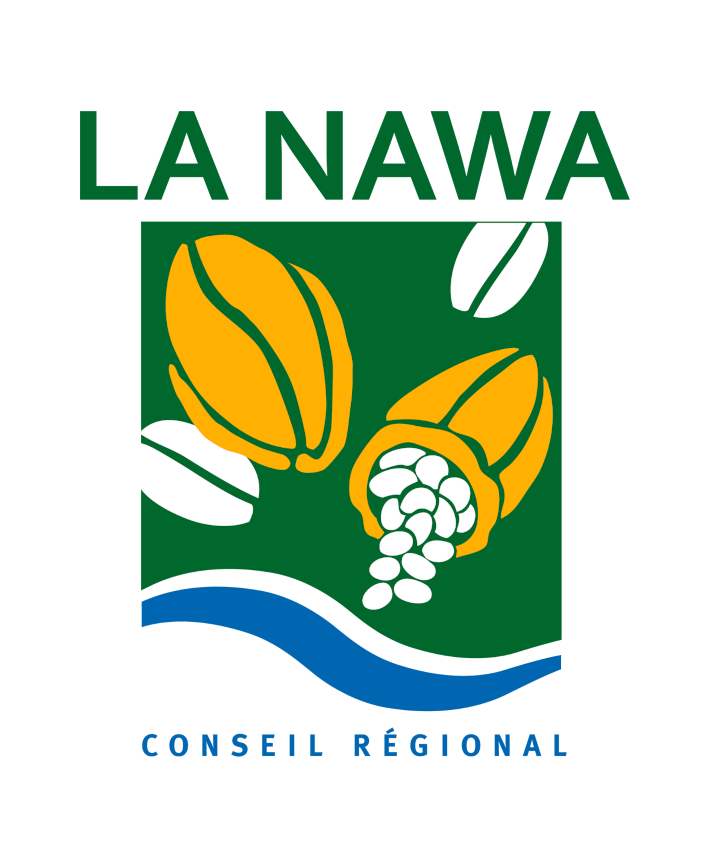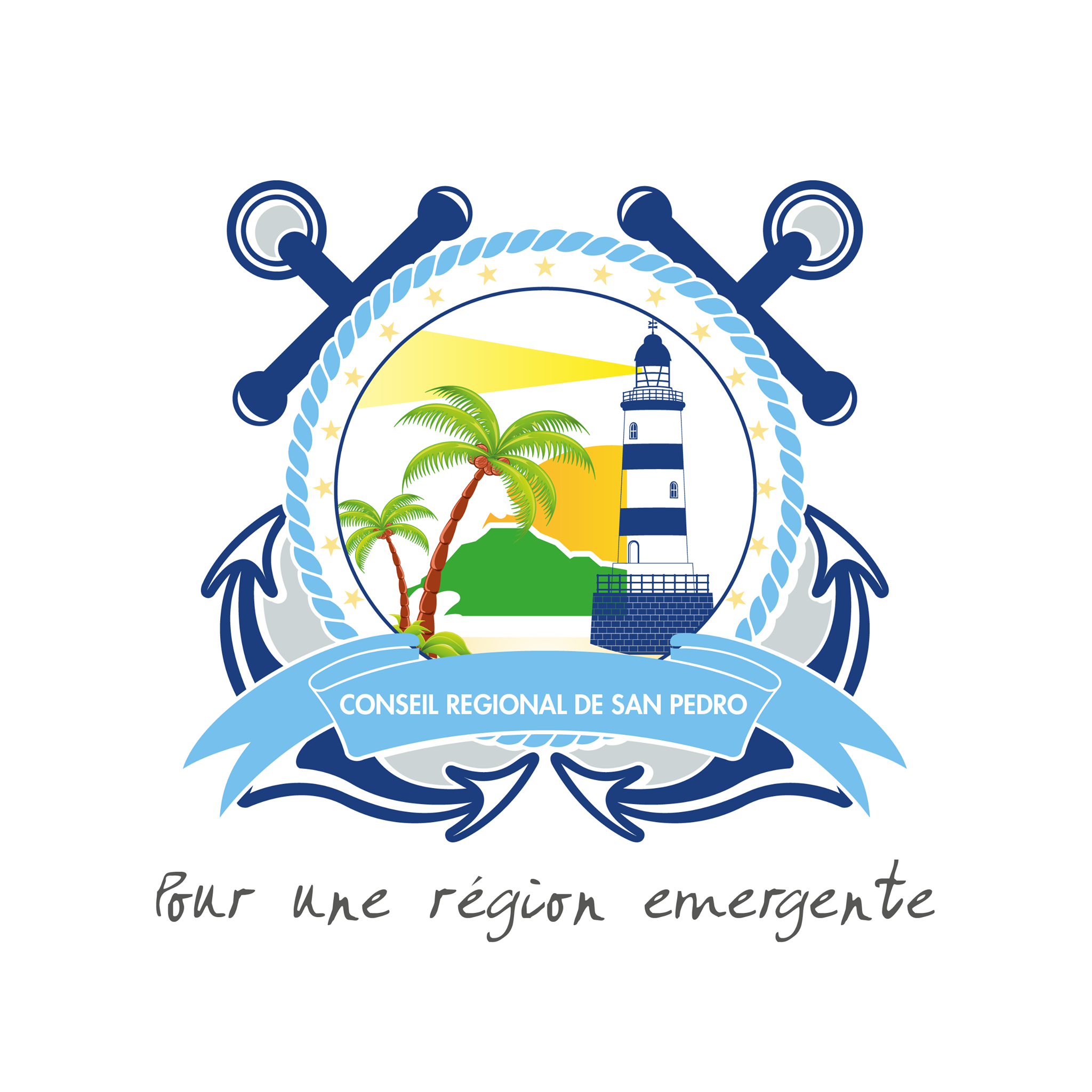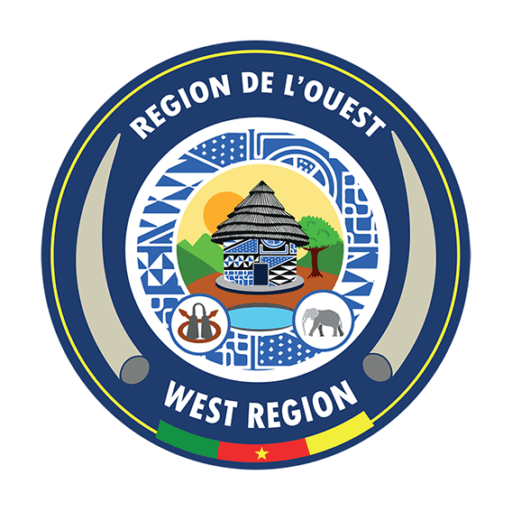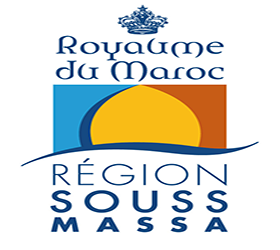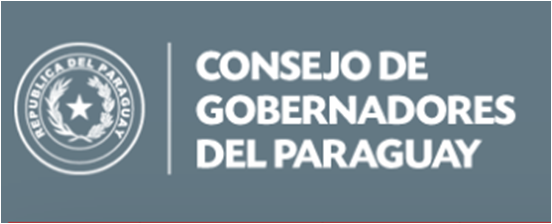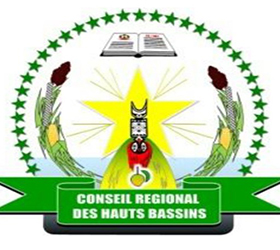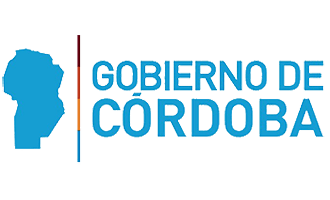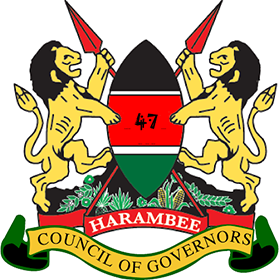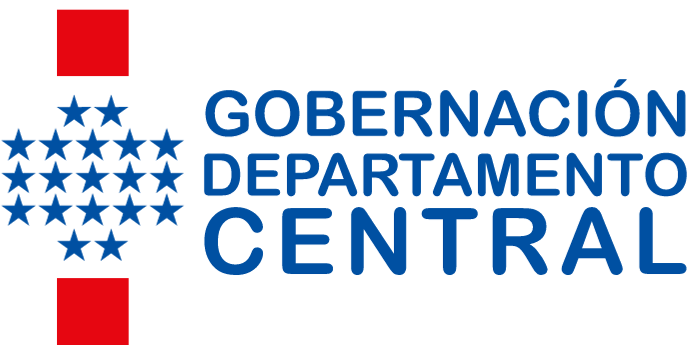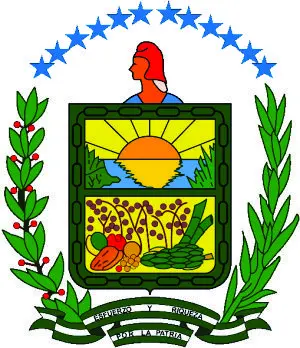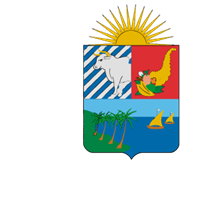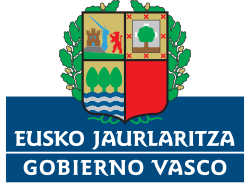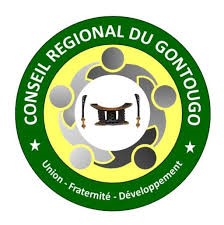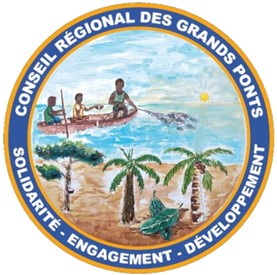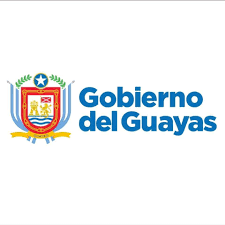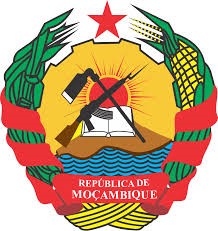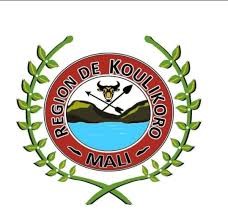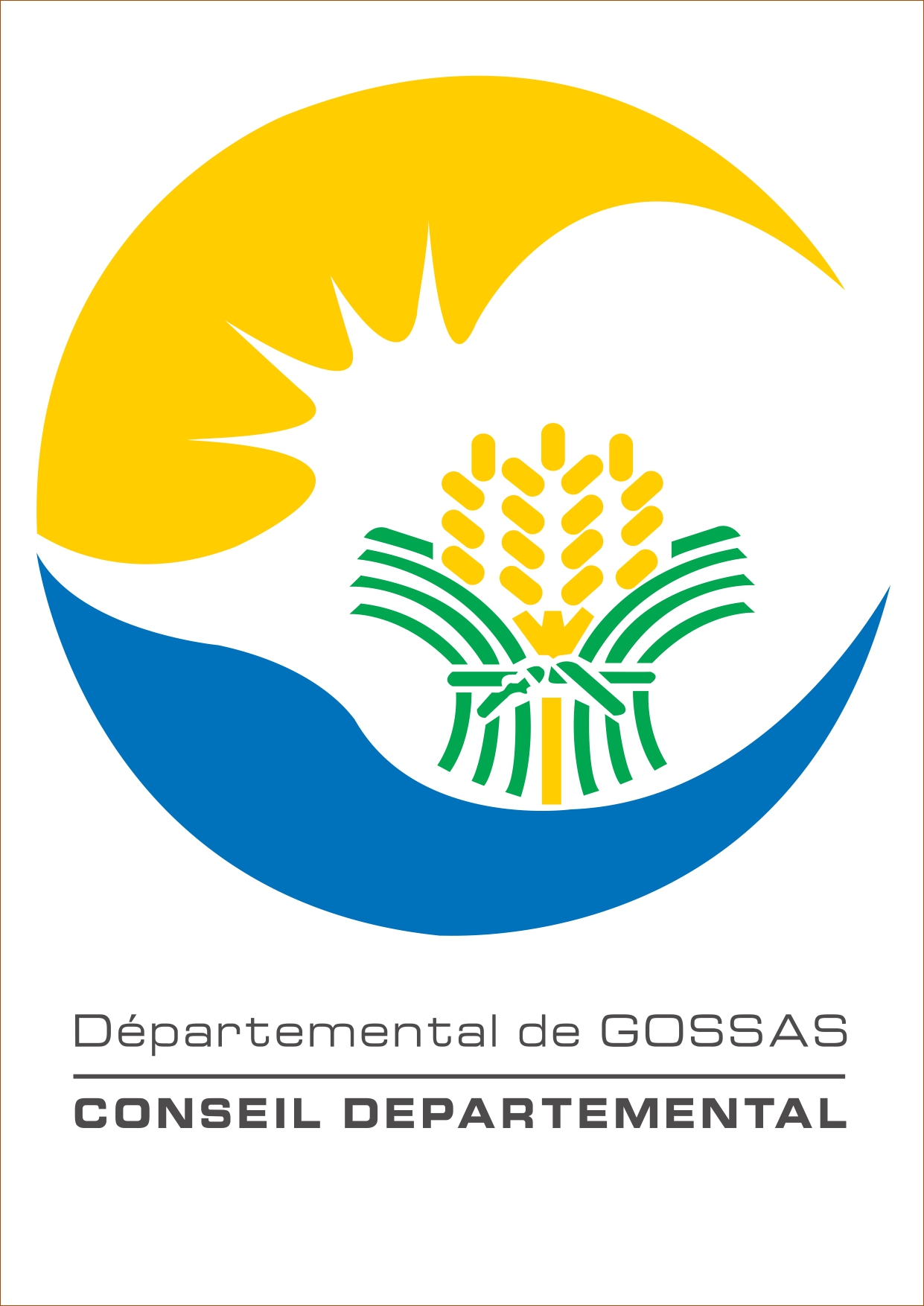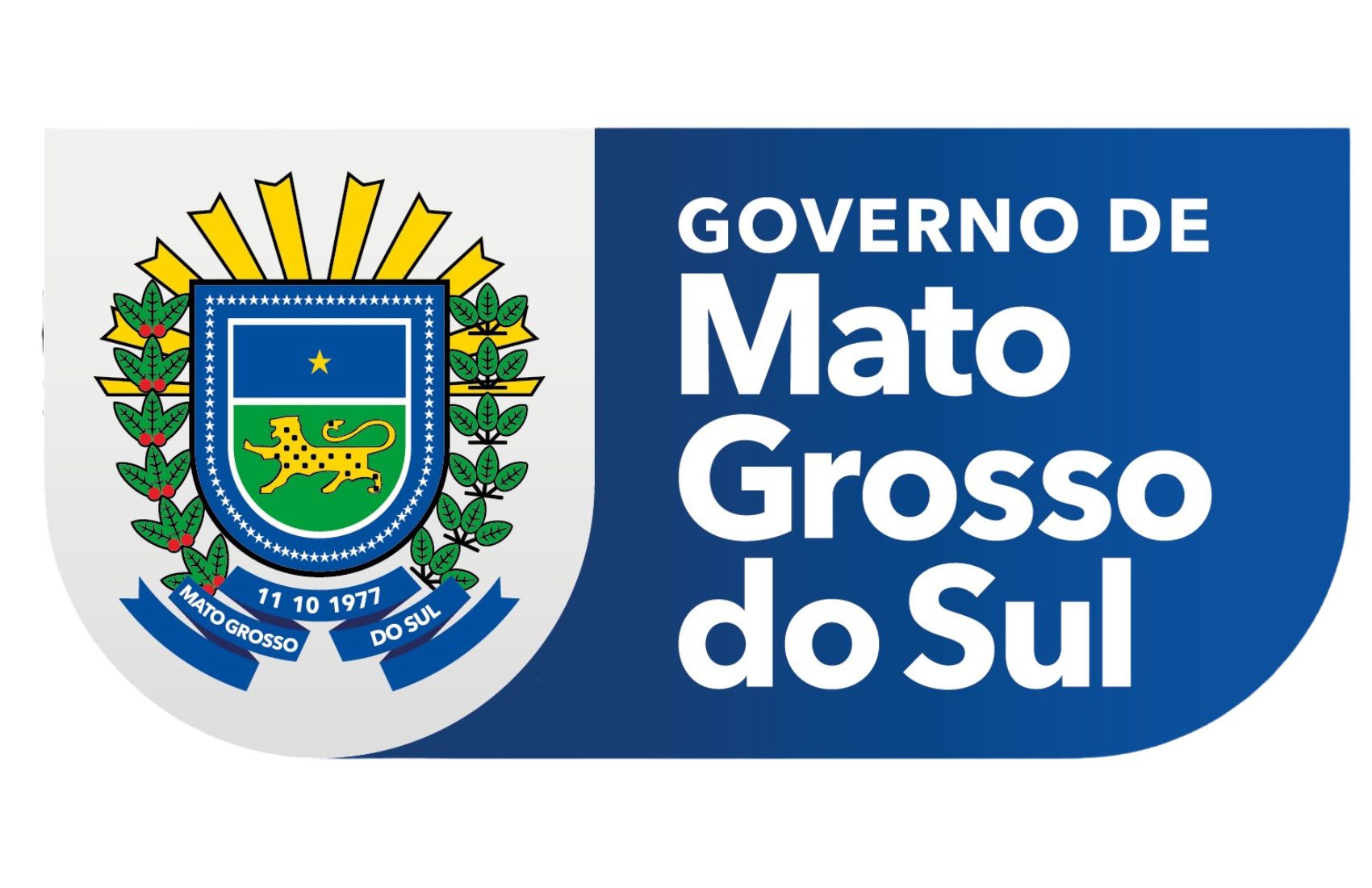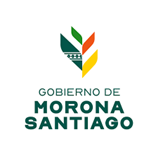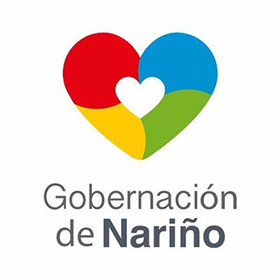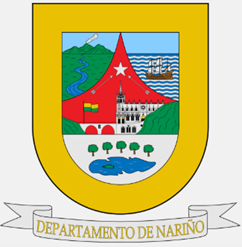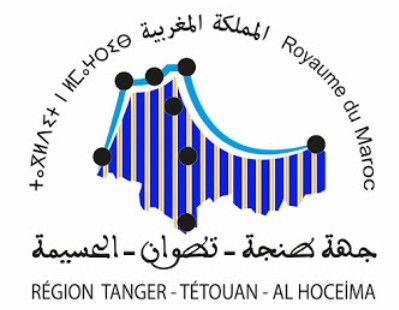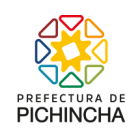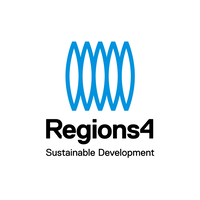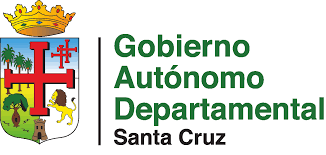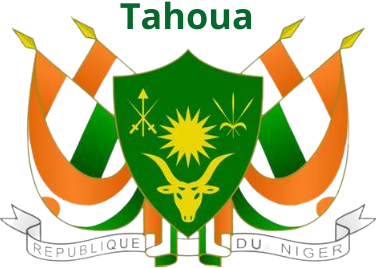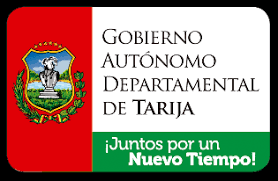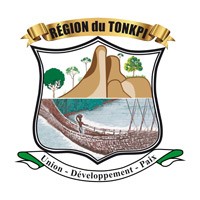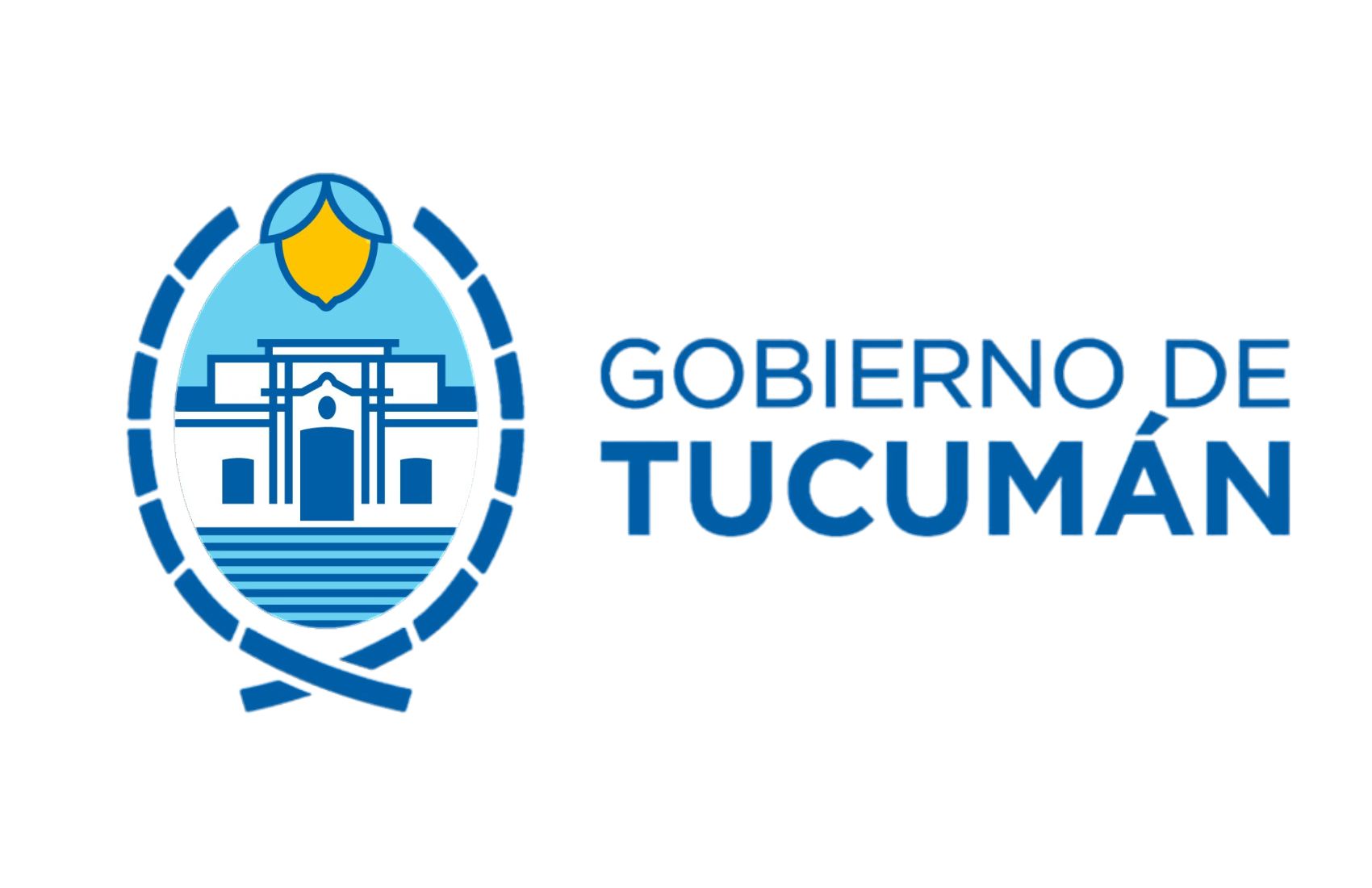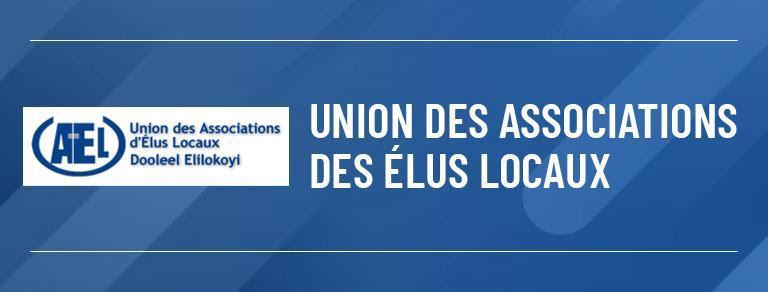The politics of the orange economy: a bet from the region
Adriana Padilla Leal
Vice Minister of Creativity and Orange Economy Colombia
Latin America faces a series of challenges to advance as a region in providing higher levels of well-being to its citizens and achieving better levels of development. Some of these challenges refer to increasing the productivity levels of its productive apparatus, advancing in the participation of global trade networks of products with high added value, achieving greater formality in its labor market in order to have better income levels for its population, and reducing poverty rates, among others.
Against this backdrop, Colombia decided to promote a new development model to address these problems based on the construction of public policies that contribute, on the one hand, to the recovery of the social and cultural fabric and, on the other, contribute to the economic development of the country by diversifying its production model.
The key to consolidate this model is to value the main assets of our society and start from the recognition of Colombia as a diverse and multi-ethnic country, where the different regions have their own identity, practices and ways of living life, which enrich the socio-cultural fabric of the country, turning Colombia into a territory of stories, creativity and knowledge that are the basis for the productive vocations of the territories.
Thus, after years of regulatory and policy advances to strengthen the cultural sector, the Orange Economy Policy was formulated, which places culture and creativity as the main axis for the construction of the country due to its capacity to transform societies, preserve memory and use different social contexts to improve living conditions and advance in better levels of wellbeing.
To influence cultural, artistic and creative practices as a central axis of development, seek to have an impact on the work and essence of Colombians, thus becoming the commitment for the protection and empowerment of the cultural and creative sectors, generating conditions to achieve their sustainability, but also to strengthen different links in the value chain of the sector and thus better opportunities in economic and social matters for our creators and managers.
In this way, the policy focuses on sectors whose fundamental input is ideas and content, based on the protection of copyright and intellectual property, and are the driving force for achieving higher levels of human development, since they not only involve economic activities and income generation, but also fulfill a social function based on the role of culture in a society, which makes it possible to speak of innovation processes based on an appreciation of the local, the ancestral and the identity, key processes for differentiation within an increasingly globalized context.
The Orange Economy Policy, led by the Colombian Ministry of Culture, works hand in hand with artists, artisans, creators, cultural managers, designers, inventors, who base their work on creativity, heritage and the arts. We are working towards a more robust sector, with a more sophisticated supply of cultural and creative goods and services, with greater circulation, with differential factors compared to other countries. This is only possible through the creation of opportunities in the regions, understanding the vocations and particularities, seeking a greater opening to new national, regional and global markets from the local level. We are talking about content production, new audio-visual, musical and scenic narratives, in dialogue with activities such as design, advertising, video game creation, among many other activities that combine traditional forms of creation with the possibilities offered by the digital environment and new technologies.
This territorial support means that each city in Colombia can make use of the instruments that are built from the central level and apply them to detonate the cultural and creative sectors through dialogue with their communities, understanding of their needs and compliance with municipal objectives in favor of the development of their population. Colombia currently has bank financing instruments, tax incentives and public investment that have allowed this government to mobilize more than US$4 billion for the sector. This impact has been possible thanks to an unprecedented articulation effort through the National Council for the Orange Economy, led by the President of the Republic, which has allowed culture to establish communicating vessels with other strategic sectors for the country.
Today, almost 99% of the country's municipalities feature in their local development plans cultural and artistic components, heritage protection measures, promotion of libraries, among others. Likewise, 544 municipalities have designed goals related to the orange economy: the circulation and commercialization of cultural goods and services, the promotion and reinforcement of artistic, creative and technological entrepreneurship for the creation of a more diverse and sophisticated offer.
Precisely with the aim of advancing in the generation of greater added value of this product offer, the Orange Economy Policy recognizes the importance of networking and building bridges between agents and markets. Works of art, dance or theatre presentations, audio-visual content, books, web content, fashion or architectural designs, among many others, require a whole set of actors involved to be made available to a national and foreign audience.
This encounter between agents allows for greater symbolic content and, at the same time, satisfies an existing need, both material as well as artistic and cultural. In this way, we recognized the need to generate spaces within the cities where actions for sustainability are detonated, such as the Orange Development Areas, those geographical areas consistent with the vocations, strengths and cultural and creative needs of each municipality that allow a virtuous circle where the meeting allows the exchange of ideas, knowledge, joint work plans, and thus stimulate cultural and creative goods and services with greater added value. Today Colombia has 95 DNAs in 50 municipalities that stimulate the development of the cultural ecosystem and creativity as a key to development.
Our country has committed to a policy that focuses on the regions and how we can strengthen Colombia as a whole from the local level. We are interested in strengthening each cultural and creative agent, but also in improving the ecosystem in which they are inserted, because we are convinced that the best way to be recognized in the world is through the quality of the content and stories that all Colombians tell every day.


